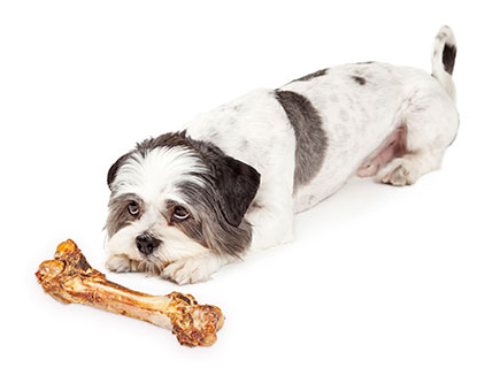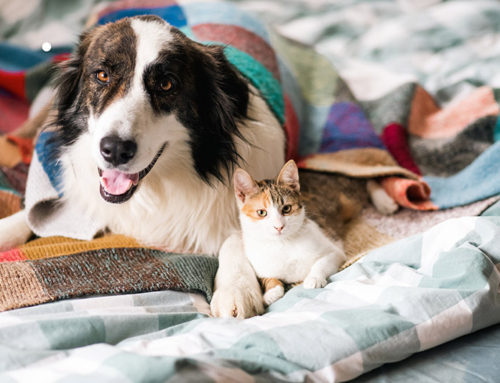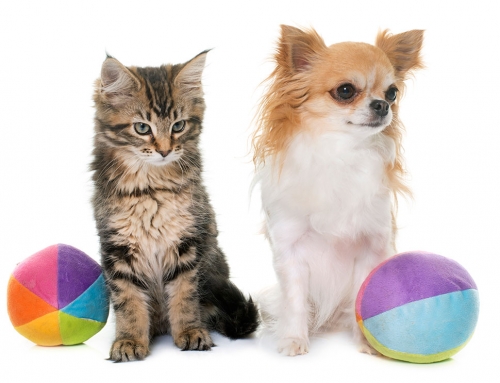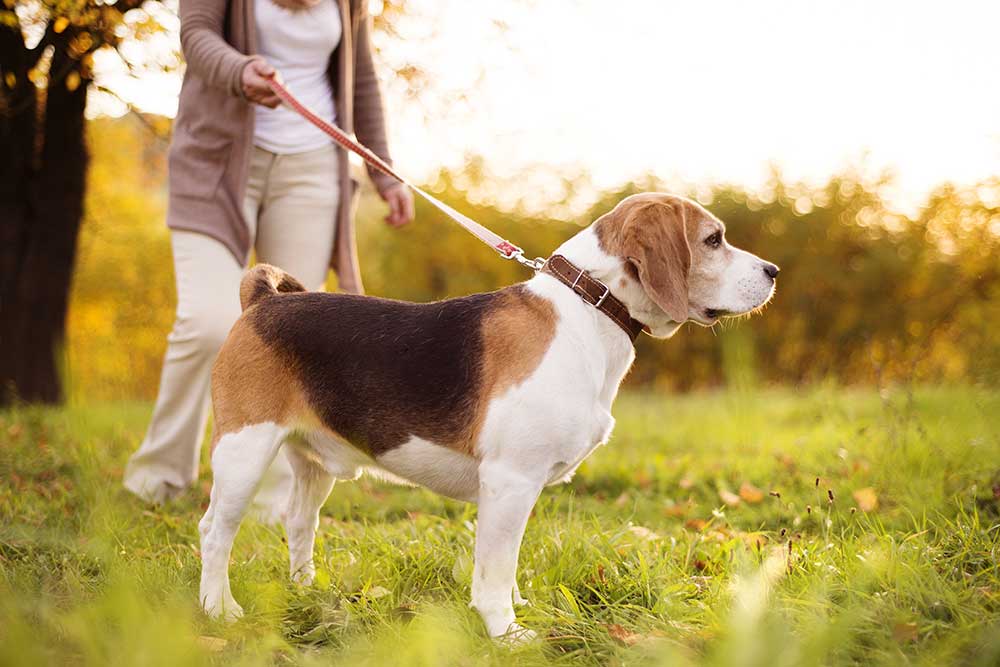
FIRST AND FOREMOST MAKE SURE YOUR PET CAN’T GET OUT OF ITS COLLAR
- Pull the collar toward your pet’s head, it should not slip over the ears.
- For small dogs (less than 20 pounds) and cats, leave only one finger’s width between the collar and your pet’s neck.
- For a medium-size dog, leave two fingers’ width between the collar and the neck.
- For very large dogs, leave no more than two to three fingers’ width between the collar and the neck, depending on the dog and type of collar.
- Martingale collar or harness for dogs whose necks are the same size as their heads like greyhounds and whippets
LEASH WALKING
- When you see an unknown dog, avoid greets on a walk. Keep your dog focused on you by having high-value treats.
- If the dogs have met before, then it’s fine to have them greet each other and a nose-to-butt greeting is completely normal in the canine kingdom.
- Don’t let other dogs invade your dog’s space, and respect other dogs’ space.
- Leash reactivity has nothing to do with aggression. When a dog feels that his or her personal space has been invaded, the natural response is to bark and possibly snap back at the intruder
- Avoid the people who say, “Oh, he wants to say hi,” as they force their dog on your dog.
- Never walk your pet off the leash in populated areas no matter how “good” they are and it’s the LAW.
GATES AND FENCES
- Check and fix your gate and fences now to protect your pet from escaping and attacking another dog or getting hit by a car
- Dogs behind gates and fences should be avoided and you and your pet should move past them as quickly as possible or walk on the other side of the street to avoid agitating a dog that might jump a fence or gate.
- If you see a gate open or one that is not secure leave a note on the door
SCOOP THE POOP
- Pet owners should always try to have their dogs “do their business” in grass closest to the curb and not in someone’s front yard.
- Picking up after your pet EVERY TIME is a MUST and it’s the law.
- Parvo virus is a deadly disease especially in young pets and can spread quickly through infected stool in unvaccinated animals. This virus can live in grass or surfaces in your home for a year or more
- Stay current on pet vaccinations.
DOG WASTE CAN CARRY DANGEROUS ZOONOTIC DISEASES FOR HUMANS
- In 1991, dog waste was officially labeled as a nonpoint source pollutant by the Environmental Protection Agency, which put poop in the same category as oil and toxic chemicals
- According to the U.S. Centers for Disease Control and Prevention (CDC), pet droppings can contribute to diseases animals pass to humans, called Zoonotic diseases
- A single gram of dog waste can contain 23 million coliform bacteria, which are known to cause cramps, diarrhea, intestinal illness, and serious kidney disorders in humans.
- It can also contain roundworms, whipworms, tapeworms, hookworms, E. Coli, Giardia, or Salmonella, all of which are harmful to humans and animals.
- Anyone who comes into contact with contaminated soil—be it through gardening, playing sports, walking barefoot or any other means—runs the risk of getting sick, especially your dog.
- Children are most susceptible, since they often play in the dirt and put things in their mouths or eyes
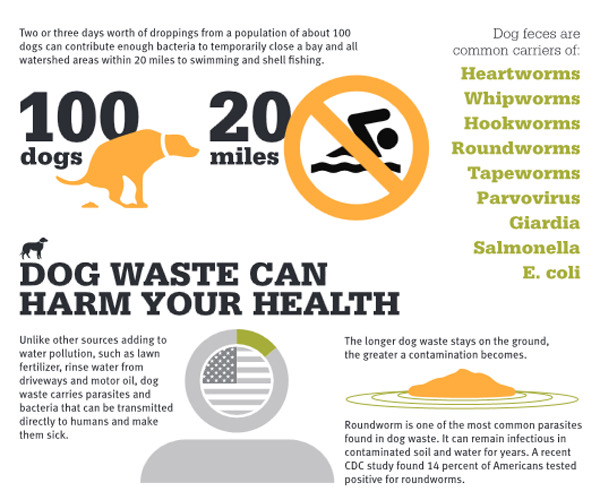
DOG WASTE IS BAD FOR THE ENVIRONMENT
- When carried into a water stream, dog poop adds a significant amount of nitrogen to the water which allows weeds and algae to grow in waterways which depletes the oxygen necessary for fish in those ecosystems to flourish.

